Protecting Yourself in the Age of MyChart and Open Notes
If you’re a nurse in 2025, chances are you’ve already had a patient quote your charting back to you — word for word — from their phone.
Welcome to the age of MyChart, Open Notes, and patient transparency.
We’re not in the pre-portal days anymore, friends. Everything you document is instantly available to patients and their families, and in some cases, their attorneys. So how do we stay honest, thorough, and legally safe while also not starting World War III with a note?
We’re here to help. Nurse to nurse.
🛡️ 1. Keep It Clean: Stick to the Facts
What did you see? What did you hear? What did you do?
That’s your safe space.
· ✅ “Patient reports pain at 8/10. Grimacing noted. Morphine 2mg administered per order.”
· ❌ “Patient seems drug-seeking and whiny.”
Keep it clinical. Keep it objective. Save the venting for the breakroom — not the chart.
—
🧠 2. Use Neutral, Professional Language
We get it — when someone refuses meds, trashes the call light, or yells at you, it’s tempting to let that frustration leak into your notes. Don’t.
Instead of:
· ❌ “Non-compliant and argumentative.”
Try:
· ✅ “Patient declined ordered medication after education provided. Will continue to monitor and re-offer.”
Tone matters. Patients (and their lawyers) are reading it.
—
✍️ 3. Document Conversations Clearly
Anytime there’s a refusal, concern, or escalation, make sure you chart:
· What the patient said
· What you said
· Their response
· What you did next
Example:
“Patient stated, ‘I’m not taking that pill.’ Risks and benefits reviewed. Patient verbalized understanding but continued to decline. Will readdress later.”
You’re not just writing it down — you’re building your legal defense.
—
🔁 4. Chart in Real Time When Possible
Let’s be real — end-of-shift charting happens. But if something significant occurred, document it as close to the time it happened as you can. The more time passes, the fuzzier the details — and the riskier the chart.
—
🧾 5. Ditch the Emotion
This one’s tough. Nurses are human. But the chart isn’t the place to process feelings.
· ❌ “Patient was rude and disrespectful.”
· ✅ “Patient raised voice and stated, ‘You’re not helping me.’ Attempted de-escalation and remained present.”
Stick to behaviors. Not feelings.
—
🔍 6. The Chart IS a Legal Document
We’ve heard it a thousand times, but in today’s transparency culture, it’s more true than ever:
“If it’s not documented, it didn’t happen. If it’s documented poorly, it did happen — in the worst possible way.”
Protect your license by documenting with intention. Be honest, but be smart.
👥 7. Ask for Backup When You Need It
Not sure how to document something sticky? Ask your charge nurse, case manager, or risk management. You’re not on an island — and collaboration keeps everyone safer.
🧰 Bonus: Know Your Charting System
Some systems allow nurse-to-nurse notes or staff-only comments that aren’t visible in MyChart. Use those when appropriate — but still use professional language. HIPAA applies everywhere.
Final Word
Charting used to be just between us and our team. Now, it’s between us, our team… and the entire patient family group chat.
But that doesn’t mean you stop being honest. It just means you sharpen your language, lean into objectivity, and chart with intention.
Because in today’s healthcare world, your chart is your voice — and your shield.









Leave a Reply